Archive
2021
KubaParis
EYE SEE
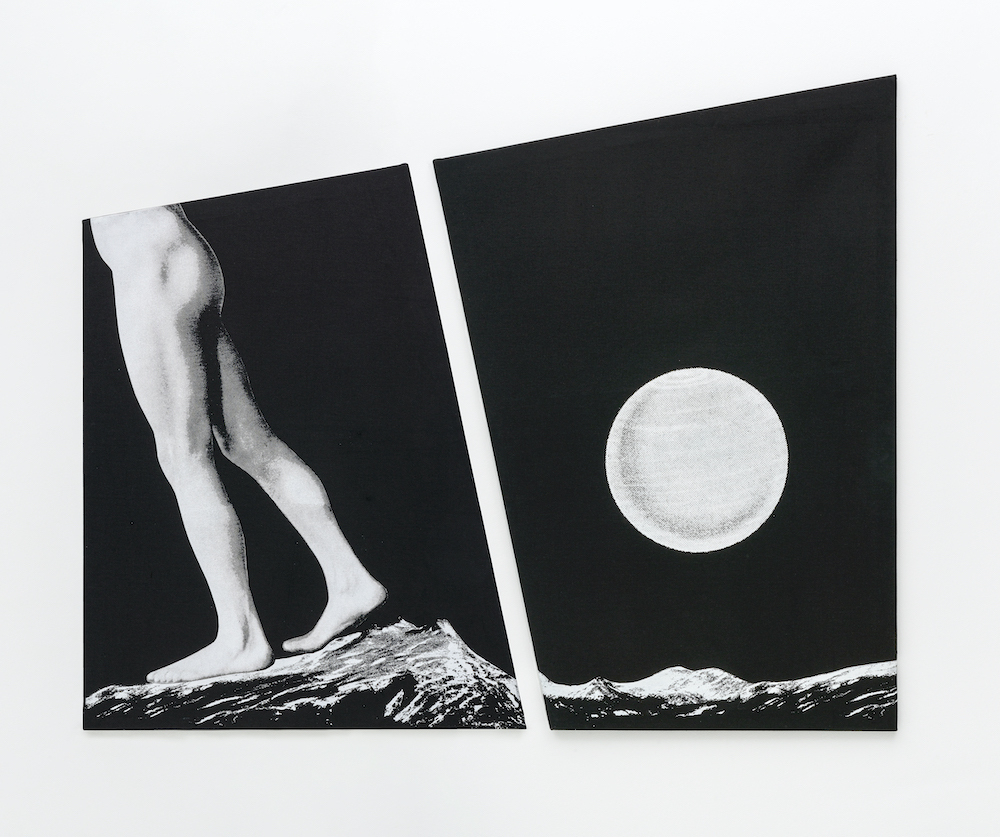
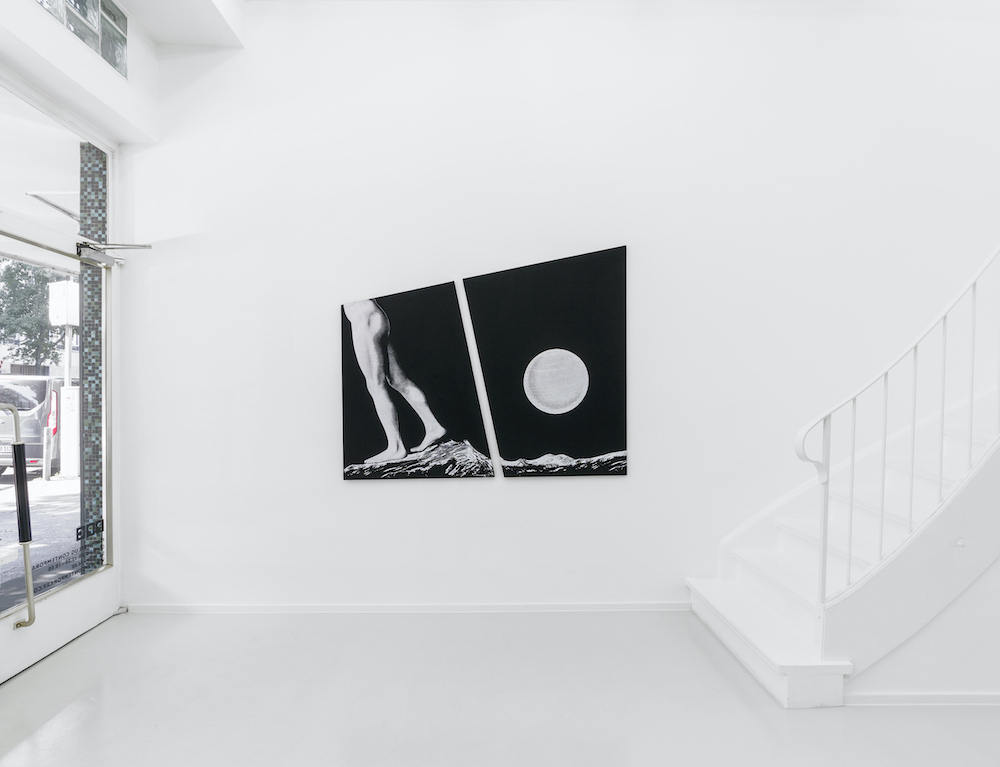

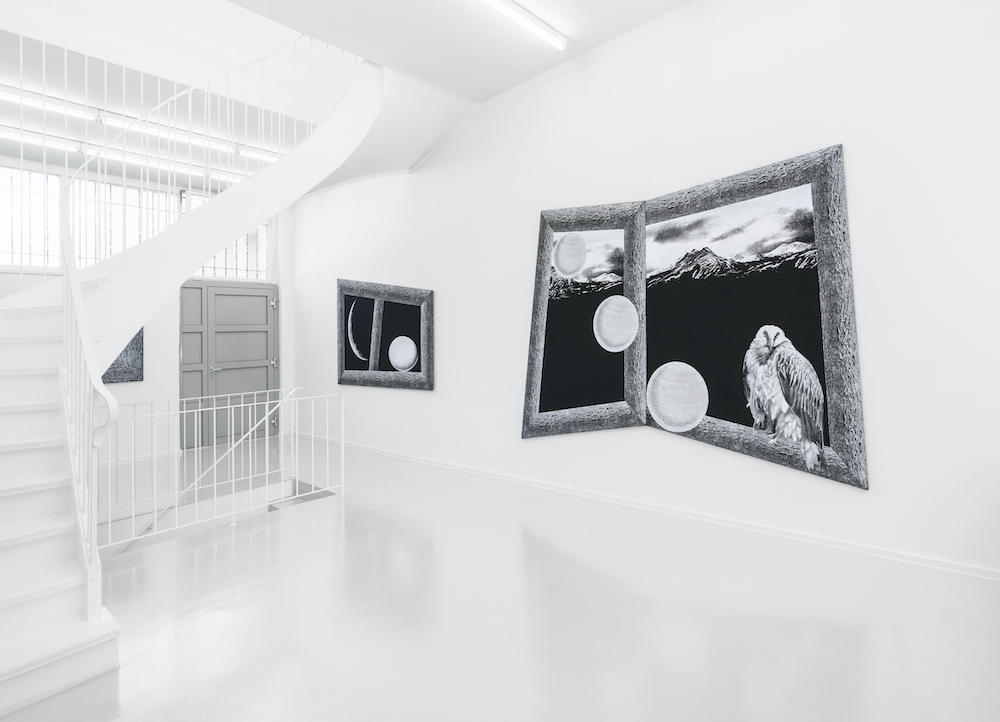
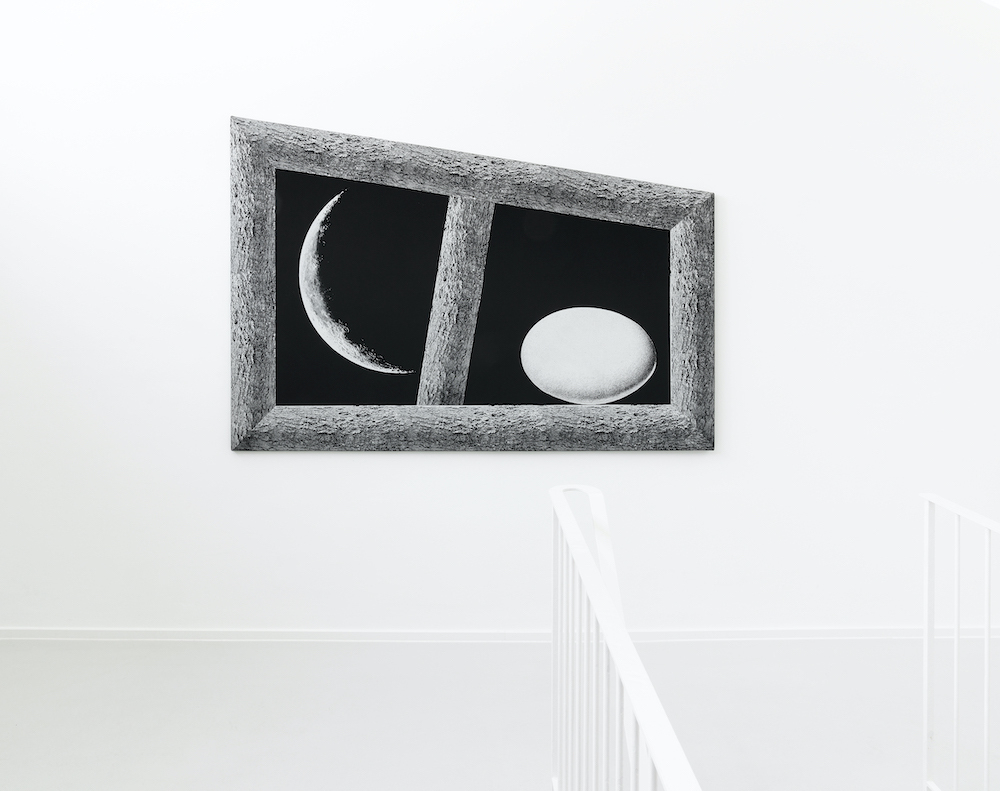
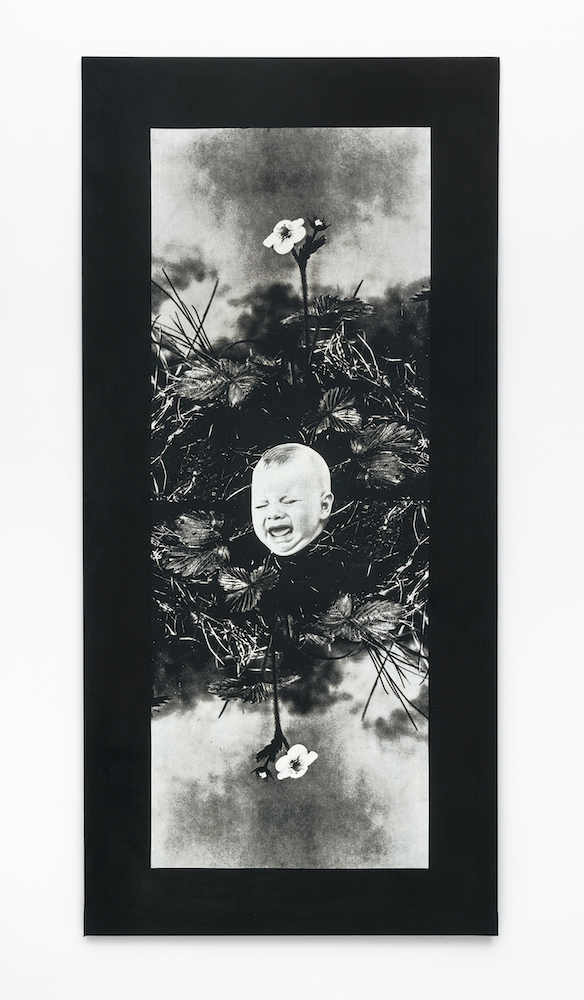

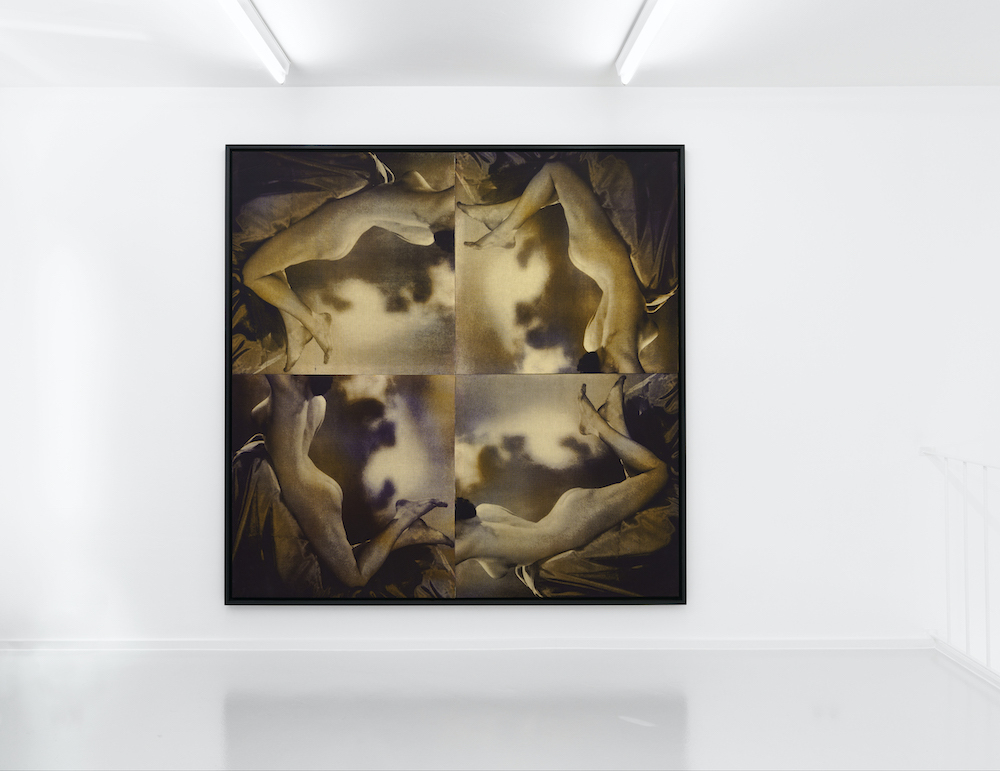
Location
PPC Philipp Pflug ContemporaryDate
03.09 –15.10.2021Photography
Wolfgang GünzelText
THE SUNSET OF DISSOLUTION
“Black is the most essential of all colors. Above all, if I may say so, it draws its excitement and vitality from deep and secret sources of health.. One must admire black. Nothing can debauch it. It does not please the eye and awakens no sensuality. It is the agent of the spirit far more than the fine color of the pallet or the prism.”
Odilon Redon
When Elias Canetti said that “everything becomes faster so that there would be more time. But there is always less and less time,” he touched a nerve ending of a culture fearful of its possible termination.
The most recent work of John Stezaker reflects a sensation informed by the threat of loss. Each and every image produced reflects possible disintegration back into an undifferentiated blackness from which they emerged. The white silkscreen images appear to balance on an edge of becoming and disappearing, frozen moments illuminated by a flash of light. There is a little before us that records an attachment to the here and now of the world despite the appropriated a region of the images. Culled from old manuels classifying wildlife, photo-roman magazines, trade catalogues, out-of-date medical textbooks and children's encyclopaedias, these images are themselves at the threshold of being lost. An image of a stuffed vulture that is now extinct seems especially pivotal in creating a co- existence space of the real and imaginary, something that lives on only as image.
Technology has made the world ever more immediate and “press button”, the speed of things and turn erasing both distance and memory. It is possible to speculate that the blackness that Stezaker presents is only possible in a technologically saturated world where image pulses appear, collide and disappear with a momentary flick of an eye. Much more apparent though is the illusion that blackness holds to the space of romanticism; the night, death and otherness, phenomenally the black indicates a space of suspension, or floating worlds that invite one to partake in reverie.
THE NATURE OF SPACE.
Much of Stezaker`s work in the 70s was preoccupied with the functioning of space within the image in a manner that served to fragment the image. This concern for viewpoints and multiplicity is no longer evident. In one week the border of the canvas is composed of logs around an empty central space. A play is created between the edge of the frame and the image of the log. Yet it seems impossible to read the work literally and accepts the naturalist reading of space because of the pre-established references to spatial relations within modernist paintings. Thus the work neither feels figuratively real nor can it assume the reality of abstraction. Instead we are left to confront the pull of nature and culture itself, without the possibility of finding an easy resolution. [...]
MASK OF INDIFFERENCE.
For many years Stezaker has been preoccupied with a mask and process of the masking itself. Firstly and cutting heads from bodies (and also bodies from hands) in image of disembodied stereotype was created. Formally arranged of or serialized heads gaze across or out of black space is capturing only the gaze of the other as though in a universe of mirrored reflections. A nightmare is evoked in which each individual discovers in the other only a reflected presence of themselves, a world in which the differentiation of the self and the other is eliminated. What is before us is so obviously of another world. A frozen world caught at the moment between opening and closure it is a world in which images float on the edge of memory. With as many or seven or eight canvases on his studio cum living space walls I have often had the sensation of being in an imaginary cave. Perhaps this imaginary association is a product of night-time work. Coincidentally, Stezaker has had an interest in the blackground Thangka painting of Tibet which were displayed in the inner sanctum of monasteries illuminated only by candle light. Somehow the association of the cave, and the monastery walls coexist with hi-tech electronic worlds.
IMAGES OF ORIGINATION.
If the image of the baby has been a major preoccupation it is because of the literal connection with the notion of origination. Taken from a mothercare magazine this image assumes a disturbing and nightmarish quality rather than expected reassurance .Combined with roots, thorns,, moons flowers, and vases we are pulled into a disturbing underworld to witness and unfolding allegory without the symbolic certainty of understanding. Storytelling is certainty evoked but the shift of image creates no apparent narrative. Stezaker is attempting to utilize a space between anticipation of meaning and the loss of it through cultural exhaustion. What we find are familiar and everyday images in the state of becoming lost and obscure images obscure images suggesting familiarity. Perhaps Stezaker`s continued interest in Symbolist art and kitsch represents this pull of images where narratives are implied but the means of understanding of either absent or lost. [...]
EMPTY TIME.
By both engaging origination and yet confronting the scent of “postness” that comes from the loss of feeling for it Stezaker is creating work peculiar to this moment. Cultural nostalgia, historical re-enactment and apocalyptic spectacle are and have been understandable reactions to the anxiety to the cultural transition we are experiencing. Perhaps Blanchot gives us the closest clue to do reality that Stezaker seeks when he said that the “image, present behind each thing and some sense the dissolution of that thing and its continuance and its continuance in its dissolution, also has behind it, that heavy sleep of death in which dreams might come to us.” There is a feeling in this new body of work that he touches many disparate culture sources without being solely of them. In this sense there is a pervasive lightness that contradicts the initial appearance. The dissolving power of the image opens spaces unrestricted by temporal anxiety. Ultimately the fact that we work might be perceived to be built upon so many paradox`s of appearance indicates an ambition to escape limit.
Jonathan Miles
Jonathan Miles